‘New York City is my office now’
By Cristina DC PastorTwo major changes in Dia Dipasupil’s life happened one after the other. She wanted to shift career from IT to photography, and also yearned to change her gender. Today, she is a sought-after celebrity photographer for Getty Images – a true New York paparazzo. She has also completed gender reassignment and has fully transitioned to female.
“I transitioned in order to survive,” she said of her condition described by psychologists as ‘gender dysphoria.’
Dia, 46, was born in the Bronx, one of five children of Diosdado and Olivia Dipasupil. Her father, who introduced her to photography, was a pediatrician, and her mother a registered nurse. They came to the U.S. in 1964. Diosdado is now deceased but Olivia is retired and living in Florida. Dia has never been to the Philippines, and would love to visit to “learn about my heritage.”
In an interview with The FilAm, Dia talks about her job chasing celebrities and being a transsexual. She is recently divorced and has two sons.
TF: How did you become a celebrity photographer?
DD: When I started professionally, I mostly shot sports for a wire service. Looking for more freelance work I responded to a Craigslist ad looking for celebrity photographers. I gave them a call and in a few days I was out on the street doing paparazzi work for a small agency. I had some good initial success and was getting my work published in a short time. It was exciting work, but it was inconsistent and didn’t pay the bills.
One day while shooting Justin Timberlake on a film set in TriBeCa, I met a managing editor from Getty Images. One thing led to another and I signed on with Getty as a contributing photographer. It was definitely a welcome change to paparazzo work.
TF: Do you like being called a paparazzo?
DD: I don’t consider myself a paparazzo anymore. I like to think of myself as an aspiring photojournalist.
TF: Where are your photos published?
DD: My images have appeared in People magazine, Us Weekly, Rolling Stone, Entertainment Weekly, TV Guide, Vogue, Glamour, Elle, Life, Time, Newsweek, Sports Illustrated, USA Today, Wall Street Journal, NY Times, NY Post, NY Daily News, and many others.
TF: What’s a regular day for you? Are you on call and sent on assignment to, say, Rome at a moment’s notice?
DD: On a busy day I could start with an early assignment 7 a.m. at a radio station morning show, then shoot someone after lunch at the top of the Empire State Building, and then finish up with an evening red carpet for a movie premier. However, three or more assignments in a single day is not usually the case — except maybe for Fashion Week or one of the film festivals like TriBeCa.
I should mention that it’s not all shooting. Each assignment needs to be edited, captioned and posted as soon as possible. That can consume a lot of time, especially if you’ve got a large shoot with hundreds of images.
Most of my assignments are in the New York metropolitan area. I don’t typically travel for shoots.
TF: How do you like your job?
DD: Every day is different. Always fresh and interesting. It’s very gratifying to shoot an event and then see your work published in a newspaper or magazine the next day. I lived the 9-to-5 office life in the past and I don’t think I could ever go back to that. New York City is my office now. Some days can be tiring when you’re burning the candle at both ends like a late-night shoot followed by something in the morning. I don’t mind. I like to keep busy.
TF: Do you like shooting film celebrities, politicians, athletes, regular folks and why?
DD: Entertainment photography is exciting, even though I’m not a star-struck kind of person. However, if I had a choice I’d probably focus more on news coverage. I love the spontaneity and action. Street photography is my other love. Observing and documenting everyday life with regular folks is one of my passions.
TF: What is the common misconception about the paparazzi?
DD: There’s usually a negative perception. Most people think they’re disrespectful and ruthless, which is somewhat accurate. There are definitely some who are like that, but not all of them. It’s a very competitive industry and the allure of a big sale of an exclusive image can drive people to do some crazy things. Some will do whatever is necessary to get that shot even if that means waiting outside someone’s house for an entire day or chasing down someone in a car.
However, there are many paparazzi and wire service photographers who operate as true professionals. As for money, that’s definitely a misconception. We’re not all millionaires. Far from it. There are some who’ve made it big, but I think the days of the big paycheck are few and far between. Digital technology, social media and the Internet have changed the game.
TF: What is the most expensive photo you’ve sold?
DD: One of the most lucrative photos I’ve licensed (in a single instance and with cumulative multiple usages) has been an image of Demi Moore and Ashton Kutcher on a red carpet in New York. The shot was not really my personal favorite or best work, but it was very relevant at the time. Plus, they were wearing a certain designer’s clothing and someone needed photographs of that.
TF: How do you deal with uncooperative or combative celebrities?
DD: When a celebrity won’t give me eye contact or ignores me, I don’t pester them. Instead, I just try to get creative and capture something candid. Sometimes the best shots are not always the ones where you’re getting direct eye contact. Candids can tell a much different story than a posed shot.
If someone doesn’t want their photo, I don’t argue. It’s likely I’ll see that celebrity at another event in the future and there’s no need to cause trouble. That said, some photographers do take a shot when they’ve explicitly been instructed not to. It’s disrespectful. Not my style.
TF: You’re quite open about your gender reassignment. What triggered the decision?
DD: From the age of 4 or 5 I knew I was born in the wrong body. It was confusing and uncomfortable for me, especially since I had no idea why I felt that way. I learned quickly that it wasn’t something that I should talk about so I kept it a secret for many years well into adulthood.
TF: You kept it a secret that long?
DD: Not being able to talk about it with anyone was very painful. I always thought it was something that I could cure myself of, but my feelings would always win. It wasn’t until my early 40s that I hit a breaking point. If I didn’t address my gender dysphoria I would have committed suicide, something I considered many times in the past. I transitioned in order to survive.
TF: What was the reaction from family and friends?
DD: It’s difficult for some people to understand the pain and discomfort transsexual people endure. One analogy that resonates with people is the thought that if you were to wake up tomorrow morning in the body of the opposite sex, but still were the same person mentally, how would you feel? Probably not very good. People need to understand that it’s not a “lifestyle choice.” Transsexuality is something you’re born with. Fortunately, it can be addressed via gender reassignment.
Since I went public with my story in 2010, I’ve had support from most friends and family. Sadly, there were some who chose to exit my life, but I knew that would be the case. I still hope that some of those people will come back around, but I can’t wait for them. I move forward with my life with or without them.
TF: I know they’re quite young, but do you kids know?
DD: I have two sons, 6 and 10, and they have quite an ethnic background. From their mother’s side they’re Irish, Italian, Scottish, and Norwegian. From my side they are Filipino, Spanish, Chinese, and Brazilian. Their mother and I introduced them to my gender reassignment early in the process. In general, they’ve been accepting, but I know there are times when they miss their dad. They do know that the love we share has not changed. I’m a loving parent to them, regardless of my gender.
Some of Dia’s celebrity shoots below:

Chelsea Clinton receives the History Makers Award at the 2012 Strawberry Festival at the New York Historical Society on May 8. All photos by D. Dipasupil/Getty Images

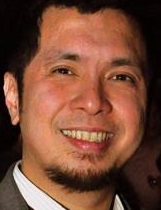
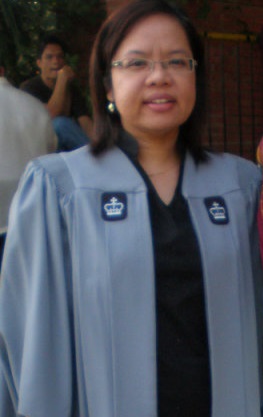
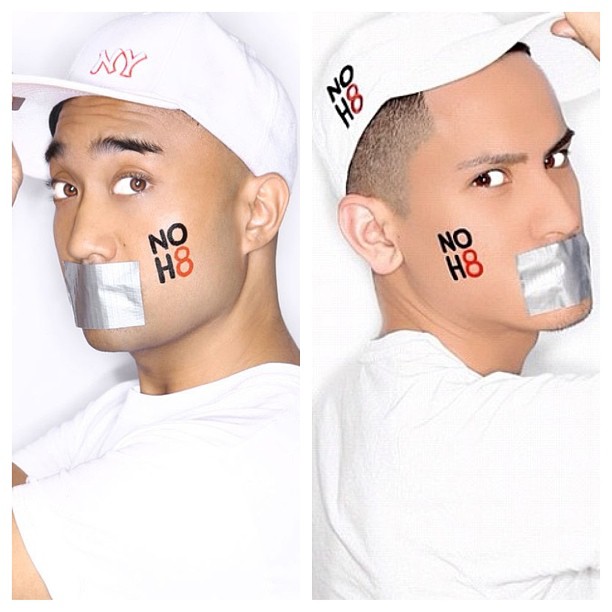
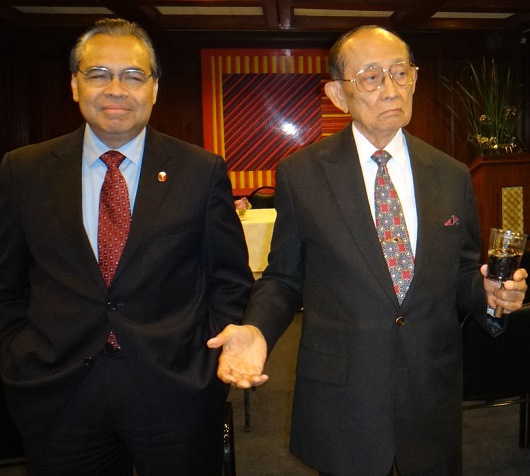

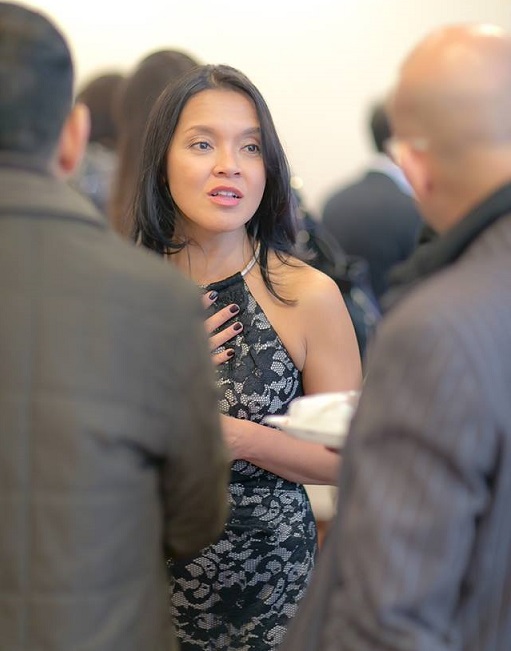
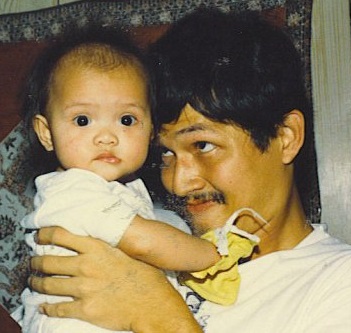
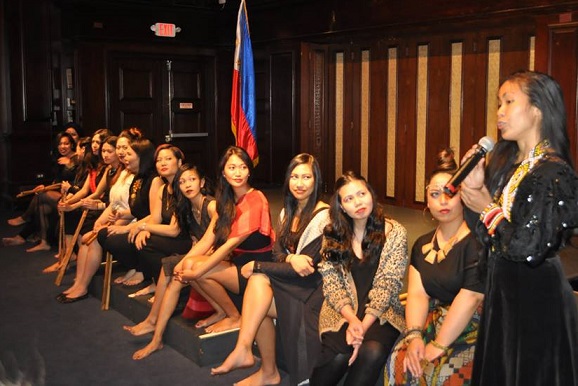
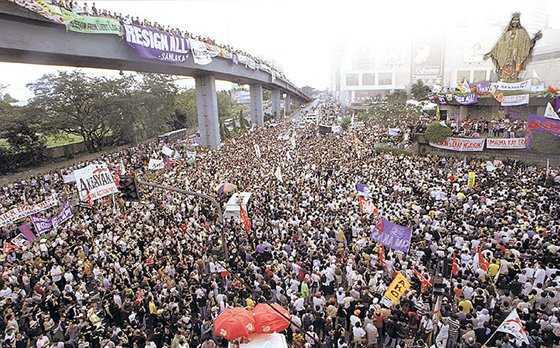
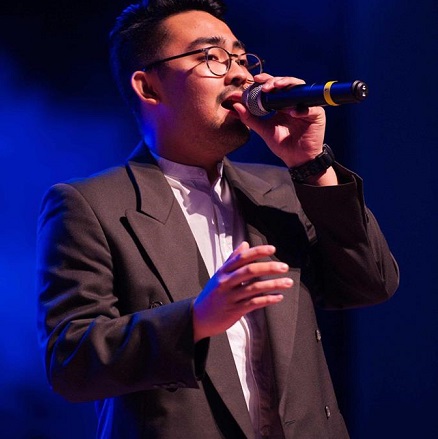
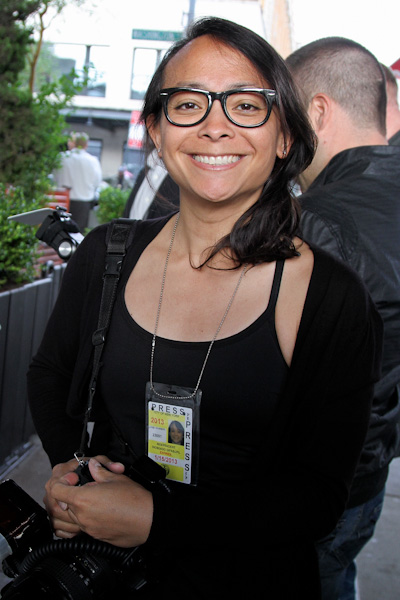



Great interview D…Love, Mom
Truly inspirational!